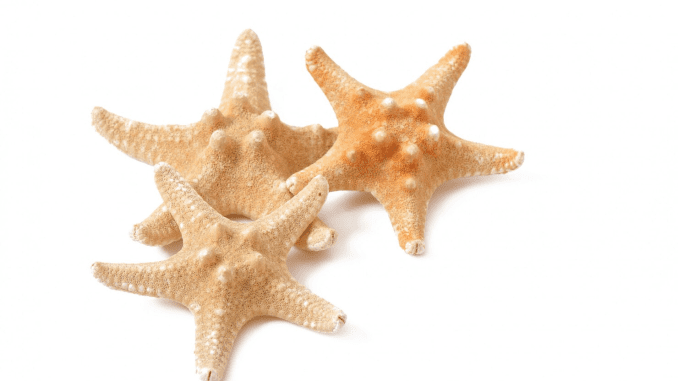
As sentient creatures, humans find it hard to envision life without a brain.
The brain is so important to us that, in terms of medical standards, those who have been certified brain dead are frequently regarded as dead.
There are some animals, nevertheless, whose bodies can survive without a brain. Here is a list of eight of these creatures:
Sponges
The fundamental units of all organisms, sponges have a straightforward structure. They are made up of microscopic pores or channels that let water flow through, not organs. They have a soft mass within that is surrounded by thin cell layers, which allows them to filter food out of water to survive. They do not, however, have a regulatory body to supervise physiological processes.
Jellyfish
Because of their dispersed neural network, jellyfish can perceive and react to basic sensory stimuli. They have tentacles and use them to cruise the ocean, catching prey despite not having a centralized brain. They differ from mammals in that they have jelly-like bodies, but they are nonetheless able to move and survive without a typical brain or heart.
Starfish, or sea stars
Despite their anatomical intricacy, sea stars lack a genuine brain because of their decentralized nervous system, which consists of radial nerves flowing into each arm and a ring around their mouth.
Sea Anemones
These aquatic creatures, which are members of the phylum Cnidaria, do not have a single brain. With the help of a unique foot, they attach themselves to substrates and exhibit vibrant, waving tentacles.
Platyhelminthes, or flatworms,
Flatworms do not have a centralized brain, but they do have a basic neurological system made up of ganglia and nerve connections. They can be found in both free-living and parasitic forms, and they can be found in a variety of global settings.
Hydras
These tiny freshwater creatures, which resemble floating tubes with several tentacles, are members of the genus Cnidaria. They have a nerve network, but they don’t have a centralized brain; instead, they react automatically to stimuli in their environment.
Cnidarians
Corals, sea anemones, and hydras are examples of cnidarians, which like jellyfish lack a centralized brain. Because they lack a central nervous system, their dispersed nervous system helps them sense and respond to their environment, illustrating the diversity of life.
Leave a Reply